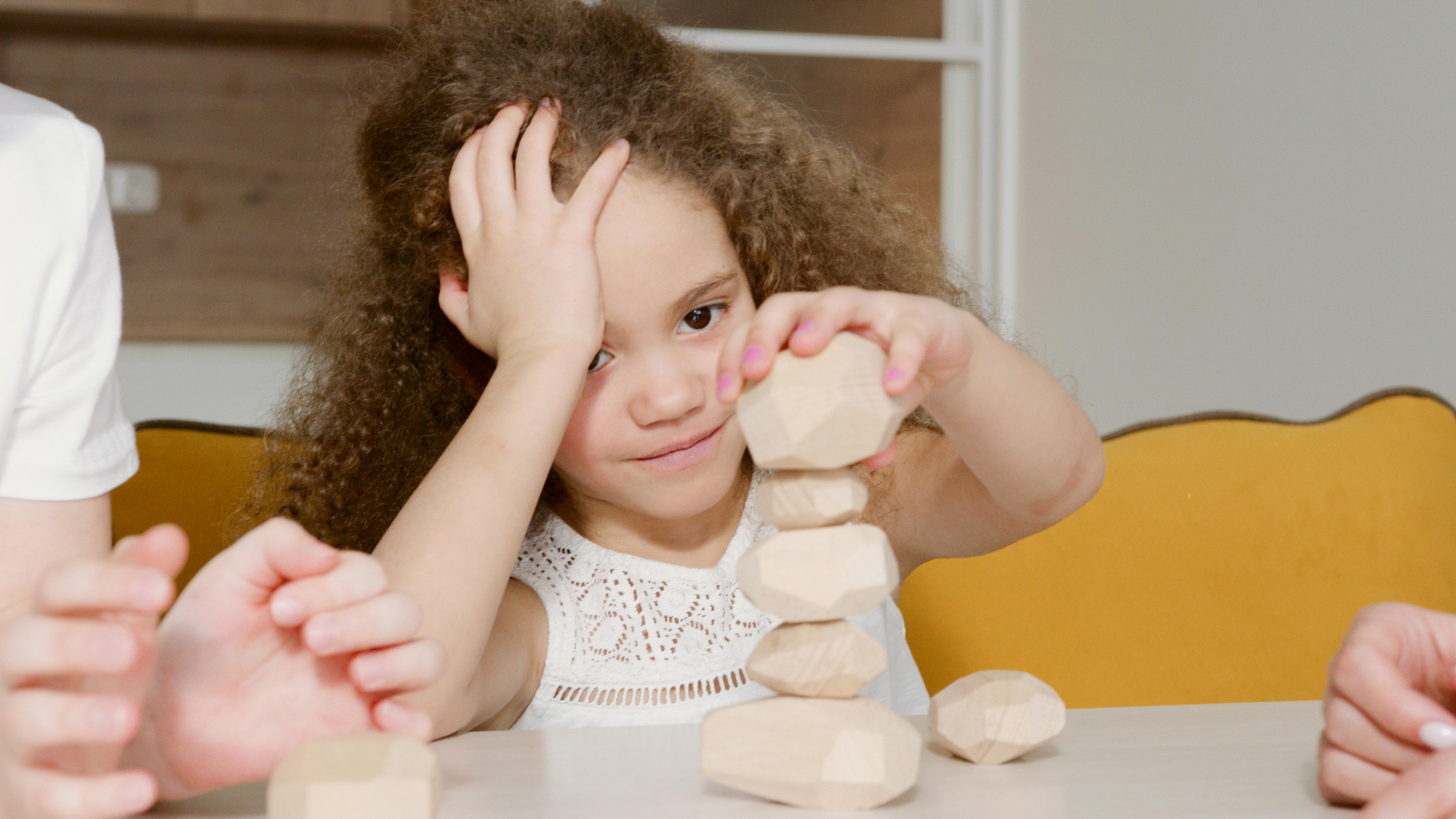When digitizing animal designs, it can seem like a challenge to make your designs look realistic. You often feel like all you have are flat, boring designs, rather than embroidery that looks like it could come to life and run. To truly create a realistic design, you need to replicate the animal’s muscles and the direction of fur growth.
Try these tips to help cheer up your animals.
Size Matters
When it comes to embroidering animals, size does matter. The size of the design dictates how much detail it can include. Smaller designs require you to leave out some details, so it can be more difficult to capture features that show an animal’s individuality. When you use a larger image, you will have more room for details, but you need to make sure that the structure is defined correctly. Otherwise, the final product will be flat.
Skin digitization
Not all animals have the same hair growth pattern. To accurately depict an animal’s fur, you need to closely examine a photo to become familiar with the direction in which the animal’s fur grows.
Make patterns using contrasting colors
An experienced embroidery digitizer will create guidelines to help include specific details from your original plan. You will want to use bright, contrasting colors so that they stand out from the shadows in the image and be sure not to use colors that are on the animal. These guidelines will also serve as a reminder to keep the coat traveling in the right direction.
Place a suitable base
A proper foundation is key to avoiding wrinkles around the design and helps you create density in the final coverage. Start by digitizing the base layer in the running stitch method and make sure you have a base layer with a light density fill stitch. This will stabilize most of the area. When creating a small design, you only need to follow the base with a light density fill stitch. For larger designs, many will need sections with a lighter density stitch that have layers that intersect each other, like a grid. The key to mastering embroidery digitization is to keep testing different designs by stitching them together to see what results you get with different densities and types of stitches.
Use sections
You will want to use complex fill sections for large designs; however, be sure to divide large items into multiple sections and twist each one to maintain the natural direction of hair growth.
Types of stitches
Column stitch and satin
A column fill stitch works well for both large and small designs, and is great for defining muscle structure. If you find that the columns are too narrow, you can switch to satin stitches. You’ll want to keep the size of the objects to a minimum to allow for multiple changes in density and other parameters.
Long vs short stitch length
Make sure to adjust the stitch length according to the length of the animal’s hair. You will want to use shorter stitches for shorter hair and longer stitches for long hair.
Medium density fill stitch
When you need additional coverage, first use a medium density fill stitch across the entire section. You can then use overlapping columns on top of the fill seam and adjust the density to keep a balance through the layers.
Follow these steps and you can digitally embroider a realistic portrait of the animal of your choice.
